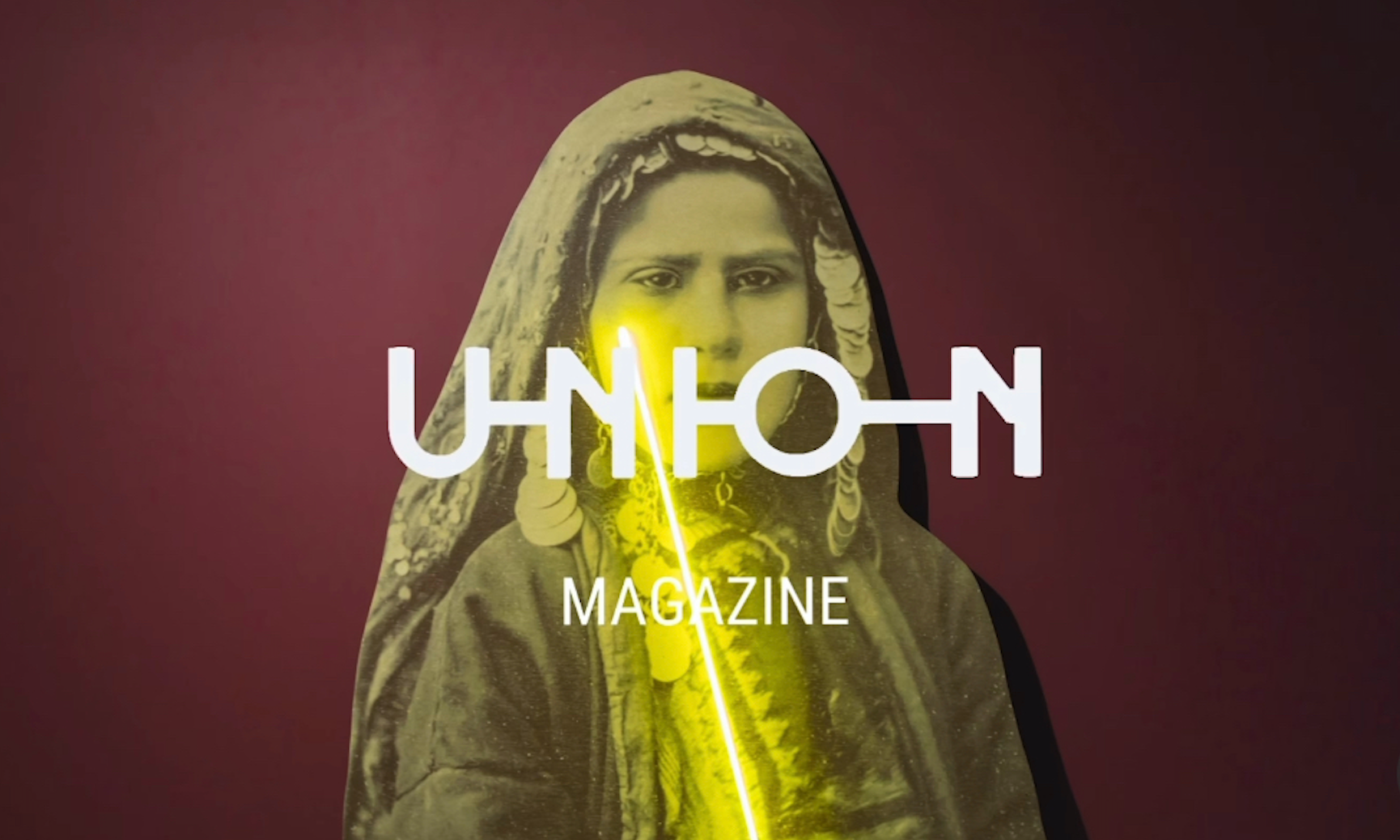Online publication Union Magazine launches today
© Union Magazine
Artists and Allies of Hebron, a Berlin- and West Bank-based organisation and NGO, which is due to exhibit at the Venice Biennale next year, has today launched a new online magazine featuring Palestinian artists. Described as “a tool for resistance”, Union Magazine aims to use art to “celebrate and salute the Palestinian people”, says the Berlin-based Jewish artist Adam Broomberg, who founded Artists Allies of Hebron in 2020 with the Palestinian activist Issa Amro.
“It’s a way of not being silent within the art world while not screaming some political agenda,” Broomberg says, noting that the title of the publication represents the “idea of being self-organised at a time when our simple rights as humans and fellow art workers are so undermined”.
The first four artists to be interviewed include Hazem Harb, whose work incorporates historical artefacts such as archival images, map fragments, coins and pressed plants. In this way, his art is a “bridge between the past and present”, the artist says in the magazine. Harb collages these elements together, often into diptychs, which he says serve as a metaphor for his life in the UAE. As he puts it: “As someone living in exile, my journey through adulthood is constantly unfolding between worlds, with my mind anchored in a homeland that I cannot physically inhabit.”
Earlier this year, the Belgian journalist and photographer Barbara Debeuckelaere travelled to Hebron in the West Bank, the only place in which Israeli settlers are living in the heart of a Palestinian city. There, she photographed the women of Tel Rumeida, a particularly traditional neighbourhood built on top of and around an archaeological mound referred to as “Tel Hebron” by Israelis. For her project, OMM, which means mother in Arabic, Debeuckelaere photographed the women’s surroundings and then handed the camera to them to capture themselves and their homes as they wished.
Areej Kaoud spent part of her childhood in Gaza before her family emigrated to Canada. Her 2017 piece, Anxiety Is a Present of the Present, is “derived from my interest in emergencies and disaster scenarios”, she says in the magazine. Meanwhile, Mahdi Baraghithi deals with Islamophobia in his work, and draws on the trauma experienced after one of his university friends was attacked by a group of men in the street in Bourges, France. More artists will be added to the magazine weekly.
Broomberg believes celebrating art is vital at this moment. “It provides a moment of respite—it brings hope to see people being resilient and producing things,” he says. “And it kind of breaks through all the politics. It’s a way of people connecting that cuts through what’s happening, which is so polarised; it’s so tribal.” In Germany, the artist says the current climate is particularly oppressive and has caused him to have his teaching contract terminated.
Last month, Artists and Allies of Hebron was named as one of 30 officially sanctioned collateral events for the 60th Venice Biennale. Palestine has never had a national pavilion because Italy is among the countries that does not recognise it as a sovereign state. Broomberg says the Biennale has been “very supportive” of the presentation, which is “very driven by Palestinian artists and collectives”. More details are due to be announced next month.
As for Union Magazine, the next interview is with the Palestinian queer pop artist Bashar Murad. “It’s super important to also show queer Palestinian culture because I really believe that the only way forward is intersectional solidarity,” Broomberg says. “We need different struggles—Black Lives Matter, LGBTQ+ and environmental issues and indigenous rights—to intersect. Art is a language that is able to do that. The importance of poetry and literature and visual art at this moment is so hugely important.”

